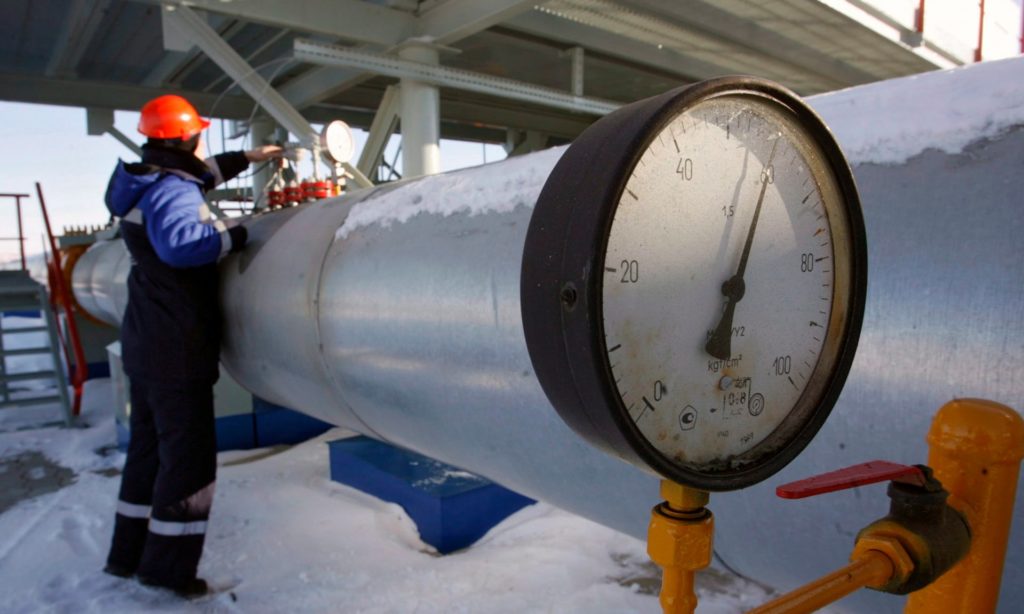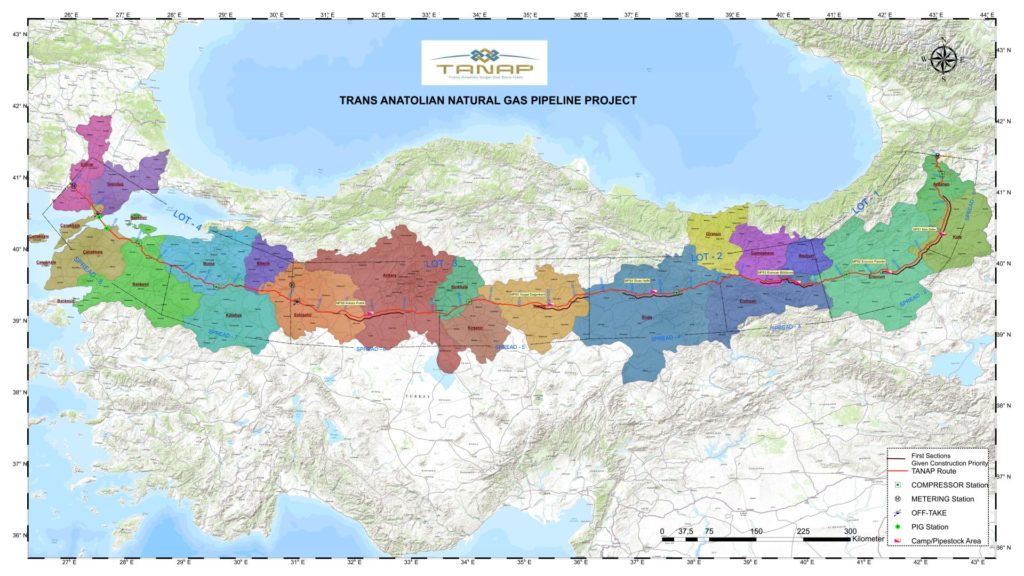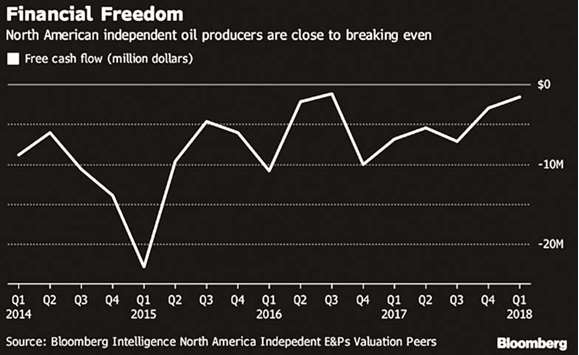
The Russian gas giant has to revamp the way it sells gas to EU countries.
European Competition Commissioner Margrethe Vestager on Thursday stuck with her controversial decision not to fine Gazprom on charges that it abused its dominance to rip off consumers in Central and Eastern Europe.
Instead, the settlement announced Thursday will seek to change Gazprom’s behavior through a set of legally-binding commitments.
“Our decision provides a tailor-made rulebook for Gazprom’s future conduct,” Vestager said. “It gives Gazprom customers in Central and Eastern Europe an effective tool to make sure the price they pay is competitive.”
Under the deal, the Kremlin-backed firm agreed to make deep changes to the way it has historically done business in Central and Eastern Europe.
“I know some would have liked to see us fine Gazprom no matter the solution on the table,” Vestager said, adding that the settlement achieves goals that the Commission “could not have gotten otherwise.”
Gazprom agreed to change how it negotiates gas prices with countries in Central and Eastern Europe, in an effort to create a more competitive market. Customers will now have the right to ask for a price review if they believe they are paying Gazprom higher prices than on Western European gas hubs. If a deal isn’t struck within 120 days, an arbitrator overseen by the EU “will then impose a competitive gas price.”
Gazprom also agreed to drop clauses restricting customers’ ability to sell gas across borders and create opportunities for more gas to flow to the Baltic states and Bulgaria.
The commitments are valid for eight years.
“Gazprom has accepted that it has to play by our common rules — at least if it wants to sell its gas in Europe,” Vestager said.
Gazprom’s Deputy CEO Alexander Medvedev said that the company was “satisfied with the commitments decision.”
“We believe that today’s decision is the most reasonable outcome for the well-functioning of the entire European gas market,” he said.
The Commission can impose a fine of up to 10 percent of the company’s annual turnover in case Gazprom breaks its commitments “without having to prove an infringement of EU antitrust rules.” In Gazprom’s case this could be as much as €6.8 billion, according to its 2015 results. It will also set up a monitoring system to ensure Gazprom sticks to the deal.
Opponents of the settlement argued that Gazprom should have been fined. They fear any commitments will be too weak to change Gazprom’s behavior.
“We are disappointed that the years-long proceedings have ended with no fine for Gazprom, no compensation for affected companies, and with hardly any meaningful concessions on Gazprom’s side,” said a Polish diplomat. “This is particularly worrying in the context of the aggressive Russian policy against the EU and its member states. Today’s decision sends a clear signal that the EU is coming to terms with years of Russian tactics of using Gazprom as an external policy tool against the [Central and Eastern European] region.”
A leaked copy of the Commission’s 2015 charges against Gazprom shows Brussels planned to hit the Russian company with significant fines for “intentionally” abusing a dominant position to harm governments and customers in Europe in what was an “obvious infringement” of EU rules.
But the Commission retreated from that hard stance.
Thursday’s final announcement comes more than a year after Vestager first announced in March 2017 that she was considering settling the inquiry without a fine in return for Gazprom’s commitment to improve how it does business in Central and Eastern Europe.
Lithuania, whose complaints kicked off the case in the first place, was generally pleased with the outcome, but the country’s energy minister, Žygimantas Vaičiūnas pointed out that the settlement doesn’t correct past wrongs.
“We cannot write off estimated losses of about €1.5 billion to our gas consumers, created by Gazprom abusing its dominant position on the market,” he said in a statement. “We will continue to look for ways to make Gazprom to indemnify those losses.”
The decision doesn’t mean Gazprom won’t face lawsuits. “It is for people who feel that they have suffered from Gazprom behavior to go to national courts and to seek compensation as it has just been confirmed by the EU court,” Vestager said.
Commission investigators raided Gazprom’s offices in 2011, although held off on formally charging the company amid a dramatic deterioration in relations between the EU and Russia over the latter’s annexation of Crimea from Ukraine in 2014.
The Commission has not always followed up on threats to fine companies in the past, dropping cases against banks and cement-makers in recent years after they dispelled concerns set out in formal charges. When asked in 2017 to explain why she preferred settling, Vestager said: “We found it was most helpful for citizens to have Gazprom’s future behavior changed.”






